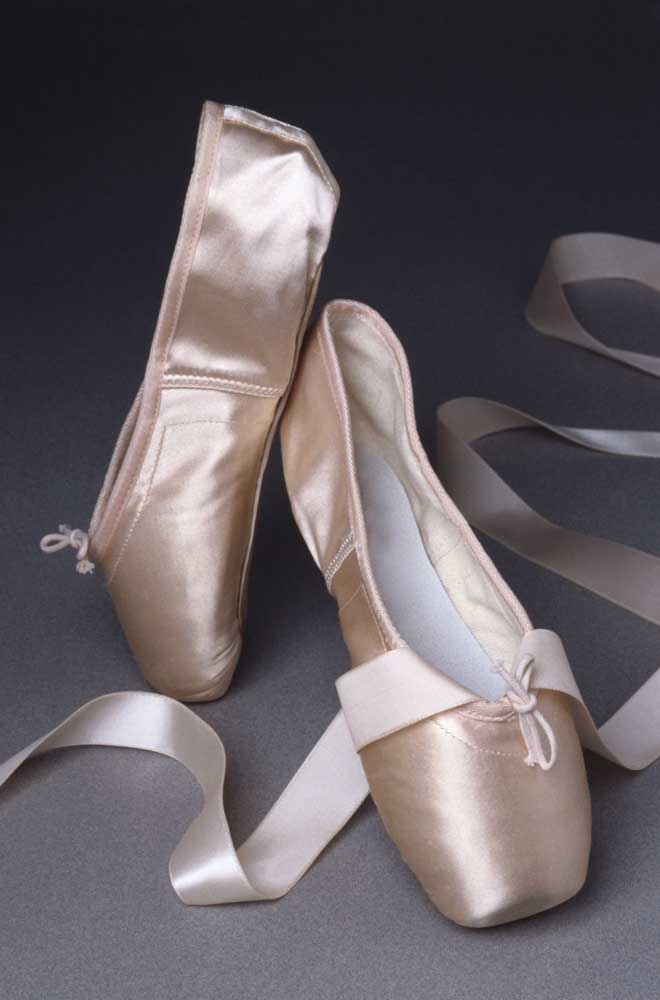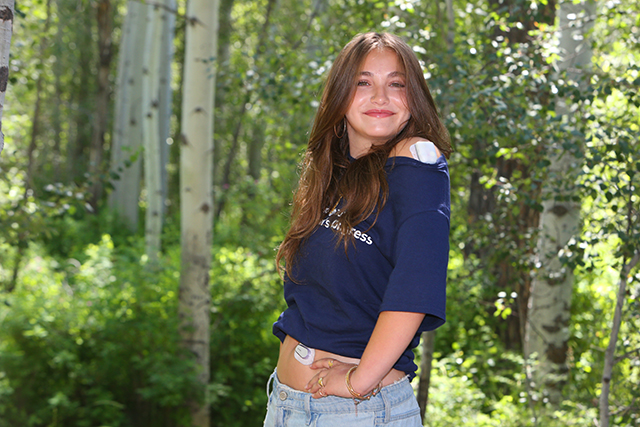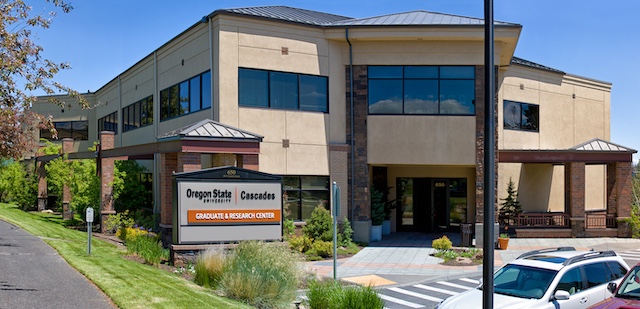Kids in the Game: Inspiring Life Through Sports
Published 12:00 am Saturday, October 17, 2015

- Ballet slippers
Christina Norquist’s parents always taught her that a busy kid is a happy kid.
With that in mind the now single mother wanted something to keep her two sons — 12-year-old Dominic and 9-year-old Adrian — engaged during the long winter.
Trending
Her sons chose wrestling. And with the help of a grant from Kids in the Game, a Bend nonprofit she became familiar with at a football camp, Norquist was able to enroll her sons at Oregon Basics Wrestling Academy.
The idea, it seems, turned out to be a good one.
“My oldest ended up in his first year of wrestling with 14 medals throughout the year, and my younger son ended up with 12 medals and made it to a championship match,” said Norquist, who lives near Sunriver. “Being a single mom it helped me out a lot being able to put them through wrestling last year, and it taught them a lot of respect.”
Kids in the Game operates on a simple premise. If the nonprofit, which is funded primarily through corporate partnerships, can make it a bit easier financially for parents in need then kids will jump at the chance to play a sport or participate in other physical activities such as dance or horseback riding.
Why the interest in sports?
Children who participate in sports tend to be more active adults. Research shows that the benefits of participating in sports or activities go far beyond the playing field. According to the U.S. Department of Education, high school athletes are more likely to attend and graduate from college, and a U.S. Government Accountability Office 2012 report showed that physical activity is associated with improved academic achievement.
Trending
There was a problem, though, said Eric Haynie, the program and business development director for Kids in the Game. Participating in sports costs money.
“We realized that one of the biggest barriers to participation these days is just the cost,” said Haynie. “So our organization simply tries to eliminate those financial barriers so that any kid has the chance to participate.”
Through its Pass program, each child is eligible for as much as $50 per season (up to four grants per year) to be used to pay the registration fee for a given sport in programs such as school athletics, Little League or Bend Parks & Recreation activities.
Parents can simply apply through Kids in the Game’s own website, kidsinthegame.org. In addition, Kids in the Game works in cooperation with organizations such as the Family Access Network, which places an advocate in every public school in Deschutes County to serve families in poverty, to identify the children who need assistance.
“They are working with the kids that may have single parents or are even homeless in some cases: the ones who need the most financial assistance,” Haynie said.
The need is there said Tammy Gates, a FAN advocate at Elton Gregory and Obsidian middle schools in Redmond.
“That $50 makes a difference between a family being able to participate or not,” Gates said. “We want to really reach out to those kids, because sports is an amazing part of their school experience. They can carry it on into high school and later on.
“These kids are so excited to be able to participate, and their parents are excited, too.”
Started in 2010 by a group of founders who saw costs to participate in sports rising while viewing such activities as an important tool to build valuable skills, Kids in the Game has grown since its inception. And Bend has been an incubator, of sorts.
The nonprofit’s Pass program has expanded to cities including Dallas, Oregon and San Diego. And in cooperation with PHIT America, a program to fight obesity, Kids in the Game has also launched its Go! Grant this year, which provides from $1,000 to $5,000 to elementary schools across the nation to start up physical education programs.
“For the most part it’s all about having fun,” Haynie said. “Finding a sports or activity program that is enjoyable for the kid is really what’s important.
“I truly believe that anyone can find some sort of activity that they enjoy, whether it’s a team or an individual sport. The health aspect of it as well as the development is huge.”
Norquist certainly saw results with her two sons.
In fact, the difference in both sons that came from success became plainly obvious almost instantaneously.
“My oldest has tons of confidence and knows he can do it,” Norquist said. “My 9-year-old, he wasn’t too sure at first, and the more he wrestled the more he was like ‘I can do this.’ … He put forth the effort that I’d never saw him put forth before.
“They’re definitely going back on the wrestling team again this year.”








